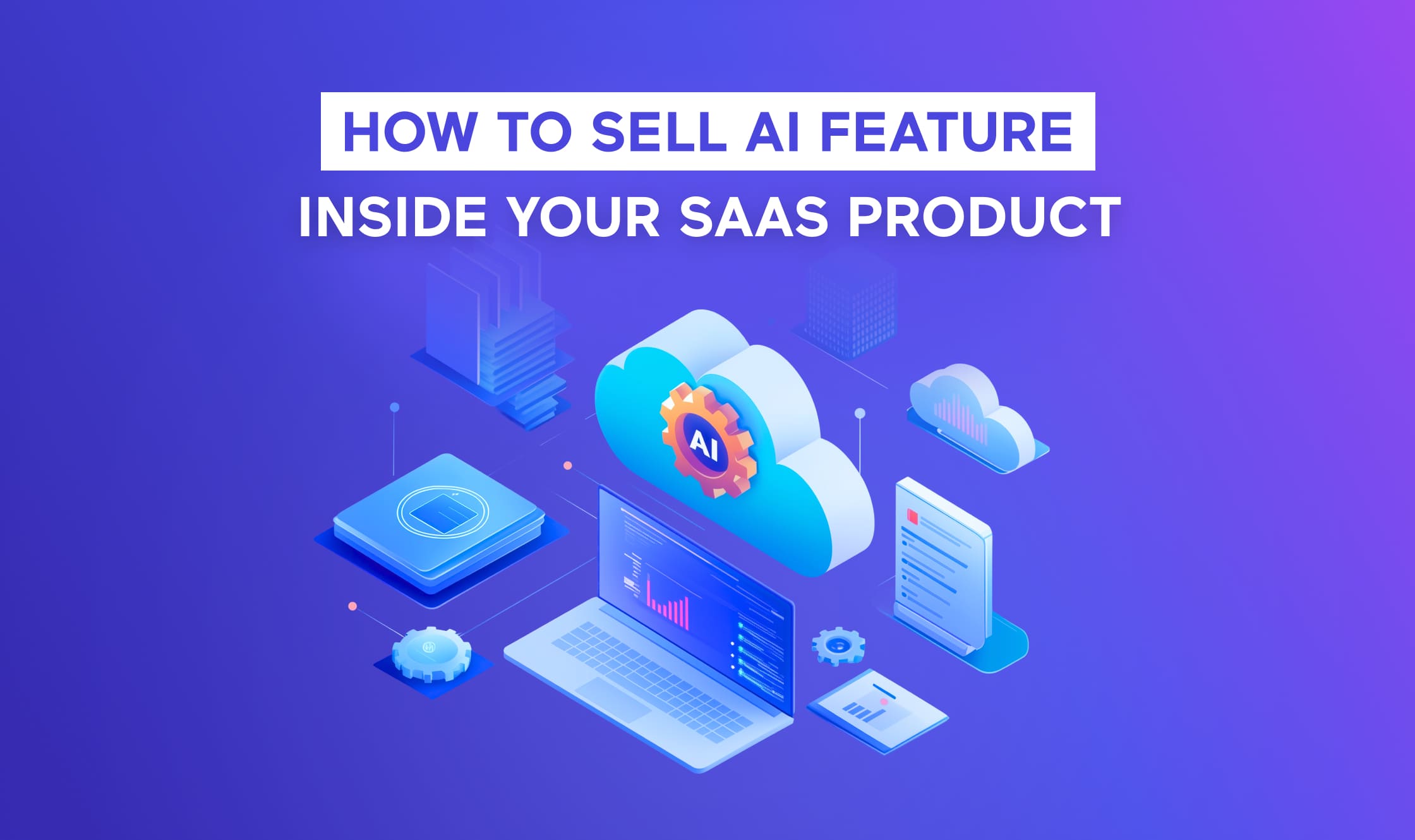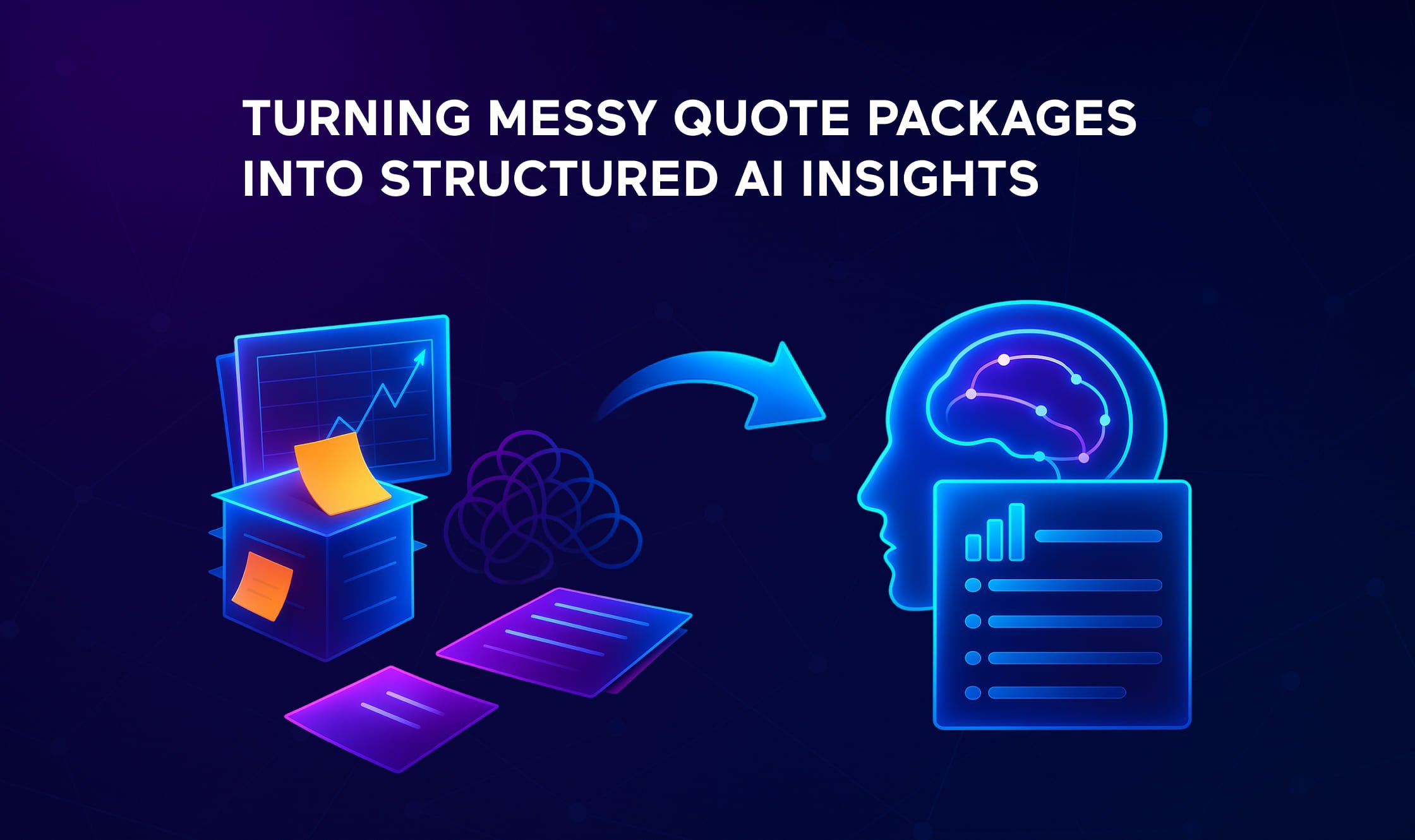AI projects often fail not because of the models but due to common misconceptions about their implementation. Understanding these common AI project failures and leveraging AI consulting for business leaders can guide you to success.
At Wippy, we build for success from Day 1. AI projects don’t fail because the models are bad – they fail because teams treat AI like a plugin instead of a system. There’s a moment in every AI initiative – when the demo is working and expectations are sky-high – where things quietly break. It’s not the model. It’s the “last mile.” The workflows. The integrations. The context. The infrastructure. This is where most AI pilots stall, never becoming production tools that deliver real ROI.
Here are the top five misconceptions we see over and over again – and how to actually fix them.
Misconception #1: “The Model Is the Product”
A powerful model is impressive—but it’s not your product. What matters is everything around it:
- How users interact with it
- How it makes decisions
- How you monitor and improve it over time
Example: A retail company trained a model to recommend pricing updates based on seasonality and inventory. The model worked, but there was no UI, no business logic wrapper, and no way to test or approve its suggestions. So it never got used.
Fix: Design the Entire Experience, Not Just the Model
- Start with use cases: Who’s using it? What’s the job to be done?
- Define interaction points: Chat UI? Background task? Slack assistant?
- Include override & review flows: Add controls for business teams to validate outputs.
- Use agent frameworks like Wippy: Wippy lets you wrap LLMs in task-specific agents, track decisions, and update logic over time.
Best Practice: Build an “AI Layer” that wraps the model in a secure, testable, observable agent with versioning and isolation.
Misconception #2: “More Tools = More Progress”
When projects stall, teams often throw more tech at the problem: “Let’s try another vector DB… maybe a better orchestrator…” But AI success isn’t a tech stack issue—it’s a workflow design issue.
Example: A SaaS product team stacked OpenAI, Pinecone, LangChain, and Weaviate. But they didn’t know what problem they were solving. No real triggers, no success metrics. Six months later, the project was abandoned.
Fix: Start With Workflow, Then Pick the Tools
- Reverse the order of operations:
- Map the user journey first. Identify where a human hands something off to AI (or vice versa).
- Ask these workflow questions:
- What starts the process? (e.g., new ticket, customer upload, form submission)
- What should the AI do? (e.g., summarize, enrich, route, draft)
- What does “done” look like?
- Pick tools that match the shape of the workflow.
Best Practice: Use tools like Wippy’s workflow agent system to compose actions, not just run prompts. Define the flow, add checkpoints, then slot in LLMs where they add value.
Misconception #3: “We Just Need Cleaner Data”
Clean data helps, but clear goals matter more. Teams get stuck “prepping” for months without knowing what they’re prepping for.
Example: A legal services company spent 9 months structuring internal documents before anyone asked: “What is this assistant actually supposed to do?” It turned out all they needed was a document summarizer—not a full RAG stack trained on everything.
Fix: Start With the Question, Not the Corpus
- Before cleaning data, define the outcome:
- What’s the task? (e.g., answering FAQs, suggesting options, routing requests)
- What minimal data is needed to do that well?
- What’s irrelevant noise?
- Can we prototype the agent with a subset first?
Best Practice: Start small, iterate quickly, and focus on the data that drives results.
Misconception #4: “Our Engineers Can Handle the Last Mile”
The last mile is where AI projects often falter. It requires a blend of technical and domain expertise to bridge the gap between model output and actionable insights.
Example: A B2B platform asked backend engineers to ship an AI assistant. It passed tests in staging, but crashed in prod: model updates broke outputs, prompt injections slipped through, users got inconsistent results.
Fix: Treat AI Like a Product, Not a Feature
Think in systems:
- Give agents their own runtime & isolation layer.Don’t mix with business logic.
- Use agent observability tools. Know what the AI saw, why it responded a certain way, and what’s breaking.
- Design for regression testing & replay. You’ll need this the moment prompts drift or LLMs change.
Best Practice: Wippy wraps agents in runtime environments that handle logs, versioning, rollback, and messaging between services—giving you dev tools for AI, not just model APIs.
Example: An engineering team built a sophisticated AI model but struggled to integrate it into existing workflows, leading to delays and frustration.
Fix: Collaborate Across Teams
- Involve business stakeholders early to ensure alignment with strategic goals.
- Use AI platform vs. building from scratch to make informed decisions about infrastructure and tools.
- Facilitate cross-functional collaboration to address integration challenges.
Best Practice: Foster a culture of collaboration where engineers and business leaders work together to achieve common objectives.
Misconception #5: “Once It Works, We’re Done”
AI projects require ongoing monitoring and refinement to ensure long-term success. Static solutions quickly become obsolete in dynamic environments.
Example: A company launched an AI-driven customer support system but failed to update it with new data and user feedback, resulting in decreased performance over time.
Fix: Implement Continuous Improvement
- Establish feedback loops to gather insights from users and stakeholders.
- Regularly update models with new data and refine algorithms to adapt to changing conditions.
- Leverage AI consulting for business leaders to stay ahead of industry trends and best practices.
Best Practice: Treat AI projects as evolving systems that require constant attention and improvement.
Example: A healthcare provider launched a symptom triage assistant. Early feedback was positive. But after 12 months, the assistant was referencing outdated info. Without feedback loops or retraining triggers, performance decayed—and so did user trust.
Fix: Build Systems That Learn
Create pathways for continuous improvement:
- Instrument agent performance. Track completion rate, error rate, user corrections.
- Route edge cases to human review. Use the results to update prompts, fine-tune models, or add guardrails.
- Allow agents to evolve. Self-modifying systems (like Wippy agents) can adjust logic over time without starting from scratch.
Best Practice: Schedule “agent health checks” every 60 days. Track performance vs. benchmarks and retrain or rewrite where needed.
Conclusion
Avoiding these misconceptions is crucial for the success of AI projects. By understanding the complexities of AI implementation and leveraging expert guidance, businesses can unlock the full potential of AI technologies.



